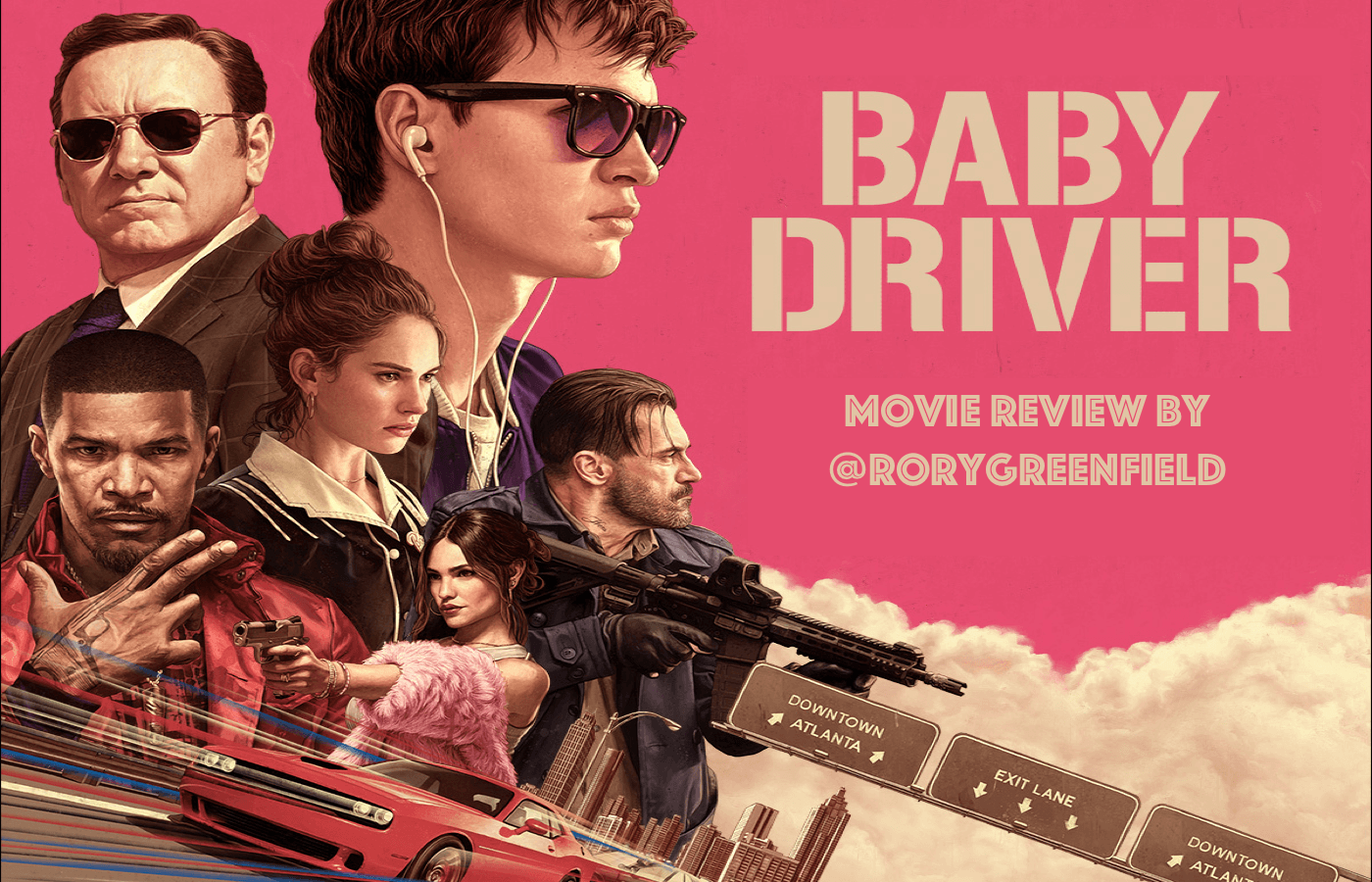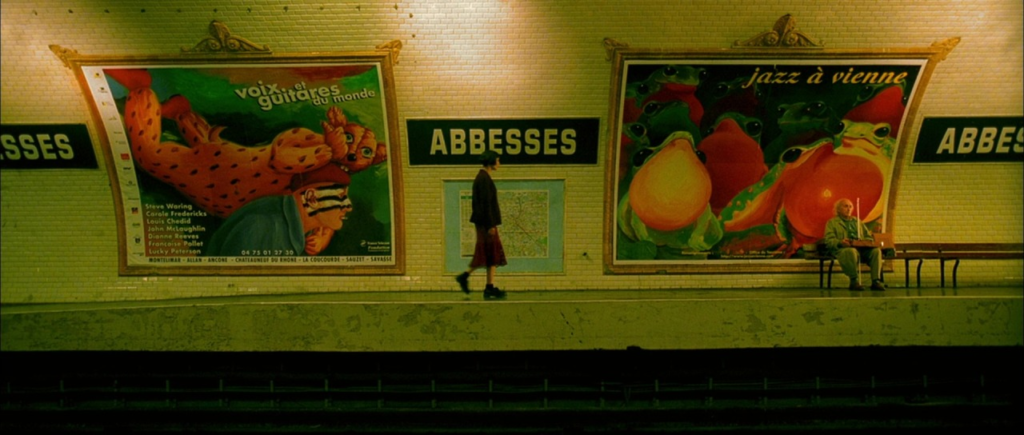Role 1: Editor– I enjoyed editing the Joker project and would like to learn more about editing while developing my skills.
JOB DESCRIPTION– The role of an editor is to place and assemble all the raw footage from the rushes of a film and combine them in order to make montages, cuts, matches on action etc; the tasks of an editor also include manipulating the plot, sound (as they often work closely with sound editors and musical directors) and they also manipulate the graphics of the film in order to connect and perfect the overall story into a continuous plot, making the story more enjoyable and logical for the audience. Sometimes the editor is chosen before the script writer or cast members- directors might also choose editor that they are more comfortable with or know better. Many editors also visit the director on set, but the majority of the time editors work alone.
INSPIRATION– Some editors that majorly inspired me are Sergei Einstein in Battleship Potemkin as he created intense scenes with his use of quick cuts and huge amounts of chaos and emotion using the Kuleshov effect. Another editor that stood out to me was Sally Menke in the editing of Kill Bill with her use of fast paced editing and mixes of swipe cuts and split screens in order to represent the characters and the specific scenes through her use of editing.
Role 2: Cinematographer– JOB DESCRIPTION– a cinematographer works with directors and film crews to create important visual effects for film. They are in charge of how lighting is presented, they make decisions on camera angles and usually the aesthetic of that particular scene. a cinematographer is also responsible for creating the overall look and feel of the film’s visuals through composing shots, selecting lenses, deciding and establishing the visual style and aesthetic of the film in order to create a desired effect, but also deciding on the lighting in the scenes and adjust colour/ exposure. They work closely with other members of the crew in order to support the choices of the director’s vision, ultimately combining the work and ideas of a director, editor and photographer to capture images on film. Cinematographers will either use hand held cameras or Steadicam rigs to capture larger scenes, but they can also use a wider rage of different cameras in order to capture different frames, shots etc. therefore they are responsible for the final visual product of a film. Cinematographers are also responsible for filming and using different techniques that include: moving camera shots, close-ups, panoramic shots, crane shots (when filming from above), moving shots or moving back and forth between foreground and background subjects while zooming in or out (“rack focus”).
INSPIRATION– The cinematographers that have heavily inspired me are Andrzej Sekula responsible for the cinematography of American Psycho; with his use of extreme close ups on Patrick in order to explain and give insight into his character while also always maintaining a heavy white light intensity that almost seems blinding through the whole film in order to symbolise how everything shines on the outside, from Bateman’s impeccable and presentable persona, but is the complete opposite on the inside. Another cinematographer that stood out to me was John Alcott and his cinematography in The Shining. His use of different types of shots and camera angles used in order t create tension and an eerie mood through the film was what made the whole film stand out to me.
Role 3: Director– the role of being a director interests me the most so I want to work on it for longer in my third role while also developing my creative skills and portraying my ideas.
JOB DESCRIPTION– The director is in charge of bringing the whole film together based on their own interpretation of the script. This involves mise en scene and how the overall story is portrayed. The roles and responsibilities of a director include reading and editing scripts, directing film crews and actors, and overseeing the production of the final film while making sure the film matches their creative vision for the final product. Directors start with a script, and work with a screenwriter; they can also change ideas from the script and portray them differently or add ideas to the original script in order to portray the film in the vision they have for it; therefore the ultimate job of a director is to imagine the script in a visual form. They also work with producers and casting directors to choose the actors and with the directors of photography to develop the filming style or genres, including notes about camera shots and script changes.
INSPIRATION– Directors that have inspired me are Mary Harron- American Psycho and her main focus on sexism, misogyny and capitalism and how she chooses to portray that through the narcissistic Patrick Bateman and the world around him, Quentin Tarantino – Once upon a time in Hollywood and the way the director chooses to portray the themes in the film in an ironical way and how he mixes those ideas with comedy; and Ryan Murphy in the direction of American Horror Story and how he often portrays real life issues through the genres of this series.







